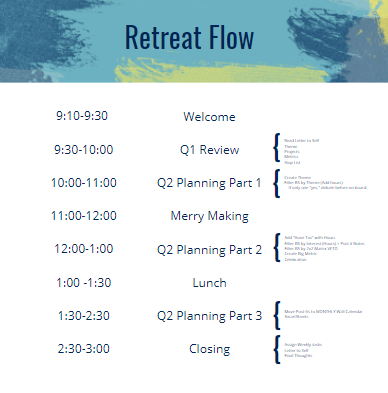If you want to know how much engagement really costs, or pays, just follow the money (and the turnover).
A CFO once asked me, “Can you prove that investing in engagement actually adds value to the bottom line?”
My answer? Yes, and we’ve got the receipts.
For years, Gallup and other research firms have crunched the numbers on what disengagement costs companies. Spoiler: it’s not cheap. But here’s the part most leaders miss, it’s not binary. Employees aren’t just “engaged” or “not.” They live on a spectrum of engagement. And if you want to make smarter people decisions, you need to manage their level of engagement.
In Dance Floor Theory™, we use the Engagement Pyramid to break this down into six levels, from disengaged Neutrals (Level N) to fully mission-aligned Level 5s. And when you map real-world data to these levels, a clear pattern emerges:
The higher someone is on the Pyramid, the more money they bring in, and the less likely they are to leave.
The lower someone is on the Pyramid, the less value they bring in, and the more likely they are to leave.
Engagement isn’t just about vibes and values. It’s a financial strategy.
If you don’t know where your people are on the Engagement Pyramid, you’re probably mismanaging both risk and opportunity.
Level N (Neutrals) – “Meh”
Neutrals are the employees who are physically present but emotionally gone. They’re doing just enough to avoid attention, but not nearly enough to drive results. They are your quiet quitters. According to Gallup data, they’re 65–75% likely to leave within 12 to 18 months, and while they’re around, they’re costing you about 18% of their salary or $9,000–$12,000 per $50,000 person, per year in lost productivity. They score low in both competence and contribution, not because they lack potential, but because they’ve checked out. Think of them as disengagement on cruise control.
Level 1 – “Hmm”
Level 1s are watching, not joining. They’re aware of what’s happening, maybe even curious, but they’re not involved. They’re still in “not really my thing” mode. These employees are 50–60% likely to leave, and their value to the company is often breakeven at best, sometimes slightly negative. You’re not losing money by employing them, but you’re not gaining much either. Without the right nudge, they’ll slide into full disengagement. But with the right attention, they can start to move.
Level 2 – “What’s in it for me?”
This group is driven by external motivation. They’ll engage, if there’s something in it for them. Think: incentives, recognition, professional development. They’re transactional, not transformational (yet), but that doesn’t mean they’re not valuable. Their attrition risk is around 40–50%, but if managed well, they can generate $5,000–$10,000 in positive ROI annually. They’re not your culture carriers, but they’ll help build momentum, especially if they see what’s next.
Level 3 – “What am I capable of?”
Now we’re moving. Level 3s are testing their wings. They’re learning, growing, contributing, and starting to connect to the broader mission. Their attrition risk drops to 25–35%, and their ROI jumps to 21% or more of their salary, which for a $60,000 employee is $10,000–$20,000 in added value through innovation, collaboration, and curiosity. These are your emerging leaders, your future 4s and 5s. With the right coaching and culture, they won’t just stay, they’ll elevate.
Level 4 – “What’s next for me?”
These folks are your reliable overachievers. They don’t just get the job done, they look for ways to do it better. They take ownership. They ask for more. They lead without a title. Attrition risk is low (10–20%) mostly from competitors poaching them, and the value they bring is high, anywhere from $20,000 to $50,000 annually in retained knowledge, proactive leadership, and cross-team impact. If you’re not giving your 4s stretch goals and growth paths, you’re probably frustrating them. And if they go? They’ll take more than their output with them.
Level 5 – “How can I help?”
This is the dream zone. Level 5s are fully mission-aligned, highly competent, and deeply committed, not just to their own success, but to the success of those around them. They multiply value. Their attrition risk is under 5%, and depending on their role, they can drive $75,000 to $200,000 or more in strategic value through talent development, innovation, retention, and cultural lift. They make everyone better. But they don’t want to be micromanaged, they want trust, vision, and a runway. Treat them like Neutrals, and they’ll walk.
The math is clear. Engagement drives value, and disengagement quietly drains it.
If you want to cut attrition, increase productivity, and build a resilient culture, start by mapping your team to the Engagement Pyramid.
- Neutrals and 1s? Visibility, micro-actions, and low-barrier invitations.
- 2s and 3s? Clarity, growth opportunities, and incentives.
- 4s and 5s? Autonomy, ownership, and vision. Then get out of their way.
Every level matters. But not every level needs the same thing.
Final Thought
Engagement isn’t a gut feeling. It’s a measurable business driver. Every time you move someone up the Pyramid, you increase their ROI and reduce your risk. And in a world where culture is your competitive edge, that’s not a soft skill. That’s a smart move.




